Table of Contents
Introduction
Audeze has always been in a weird position in my books.
Many would already be familiar with my opinions on the iSine/LCD-i series of open-backed planar IEMs: technically proficient, but with absolutely garbage tuning that necessitates some form of EQ. And that’s not considering the fact that an open-backed IEM is probably one of the nichest-of-the-niche products out there, especially one that’s priced so high. After all, why buy an open-backed IEM when you can just… get an open-backed headphone?
Now in the greatest year of 2021, we finally have the solution. Here I present the Euclid, Audeze’s closed-back alternative to the iSines and LCD-i’s. Though that concept has got me understandably skeptical considering that last time a big-name brand tried to turn an open-back into a closed-back, we got the HD820.
But enough talk, here IEF answers the question you’ve all been asking once you’ve learnt of this IEM’s existence. How good is the Euclid actually?
Product page: https://www.audeze.com/products/euclid
MSRP: $1,300
Driver configuration: Single Planar-magnetic (18mm)
This Euclid was kindly provided by Audeze.
Signature & Tonality
Not sure how to read graphs? Click here
The sound signature of the Euclid can be charactertised as being slightly V-shaped, with a mild emphasis in the bass and a slightly greater emphasis in the treble.
It’s safe to say that the Euclid goes in a completely different direction from its predecessors, and not just in form factor either. It does feel like Audeze has finally done some actual tuning with this release rather than relying on the crutch that is DSP to fix tonal problems, and it shows:
Comparison courtesy of the Graph Comparison Tool
The big improvement of course being that the Euclid now has actual upper mids, but there are also a lot of other big differences. For one thing, the pervasiveness honkiness of the open-backed Audeze in-ear planars have been completely eliminated, though in its place is a slight bit of tinniness going on with the vocals. There is also an unfortunate side effect of the Euclid not being as airy or well-extended as its predecessors, but given the rest of the improvements it is a sacrifice that I don’t mind overlooking.
Yes, the Euclid is a net improvement in the tonal context here but that doesn’t mean that it’ll be winning any awards. What we have here is a massive jump from what was pretty much awful to what is now… alright. There are some problems scattered here and there; the aforementioned subpar treble extension and mild tinniness, the somewhat thin mids that don’t do cello any justice, or the fact that the treble is just a tad too edgy for my tastes.
I would praise the bass response for being well-controlled and providing much needed punch and low-end impact for what would be otherwise a rather sterile presentation. The bass manages to both authoritatively present rumble and also remain clean, and I’m satisfied that Audeze has managed to avoid the pitfall of boosting the bass so high that it starts to bleed into the midrange.
At the end of the day the Euclid isn’t going to be a tonality specialist but then again, in the context of Audeze’s IEM lineup… a fairly strong step foward. At the very least the Euclid doesn’t necessitate the use of EQ to be listenable.
Brief update: Due to the fact that Cipher cables are basically exclusive to iOS devices, all entries related to Cipher cable changes have been removed from the Ranking List. (Lightning to USB-C adapters do not count as they are a separate purchase.)
Tone grade: B-
For more information on the grading system, click here
Technicalities
Here’s where things get good. Yes, the Euclid still manages to retain the special sauce that makes the iSines and LCD-i’s so desirable: that is to say, the technicalities.
Excellent performance across the board; excellent resolution, strong clarity, highly-defined notes, and not to forget stellar imaging ability. The one metric I’d perhaps dock points on would be the timbre; it’s certainly not as natural as some of the dynamics that I’ve heard, but I wouldn’t consider it as bad as something like plasticiness of BA timbre. It’s a little reminscent of (real, not Sonion) estat timbre: a bit too quick footed and light, with barely any depth in the notes, but you do get very very good separation in the notes as a consequence.
What I’m surprised on is how the Euclid manages to sound as wide as it does despite its closed-back design; sure it’s not going to beat out its open-backed predecessors but it is still within the top percentiles purely in terms of soundstage spacing, and the positional accuracy itself isn’t too shabby either.
So technicalheads rejoice: here’s an IEM that lives up to the expectations of what a planar driver should sound like. At least, purely in technical performance.
Technical grade: S
For more information on the grading system, click here
Valuation
While the Euclid has basically improved upon its predecessors, it still essentially has the same problem: it is bottlenecked by its tuning.
And under IEF metrics it’s a very simple requirement on how an IEM would get top marks: be excellent in both technical performance as well as tonality. So as much as I would praise the Euclid’s improvements and technicalities, the fact of the matter is is that the tuning still needs a little more work. Less work than the iSines and LCD-i’s, thankfully, but it can definitely be better.
At such the Euclid can still be regarded as somewhat of a one-trick pony, which is may not be what you want at its hefty price of $1,400. It’s a special IEM for sure, again being basically the only decently-tuned large-diameter planar out there, but that’s not really a factor in whether or not it gets that star.
Value Rating: N/A
For more information on the grading system, click here
Conclusion
One small step for Audeze, one giant leap for in-ear planars.
The Euclid is now, and very easily, the best-tuned IEM in Audeze’s lineup. It still has some tonal problems to overcome before it can be considered truly top-tier material, but at the very least it has managed to retain the technical supremacy of its predecessor even with the new and rather radical closed-back design.
Grade: B+
Awarded grades are in reference to the Ranking List.
Support me on Patreon to get access to tentative ranks, the exclusive “Clubhouse” Discord server and/or access to the Premium Graph Comparison Tool! My usual thanks to all my current supporters and shoutouts to my big money boys:
Inoue
“Greatest Ever”
“McMadface”
Man Ho
Denis
Alexander
Tiffany
“Desertscrub”
Alesaiko
yoshitatsu urata
Jonathan

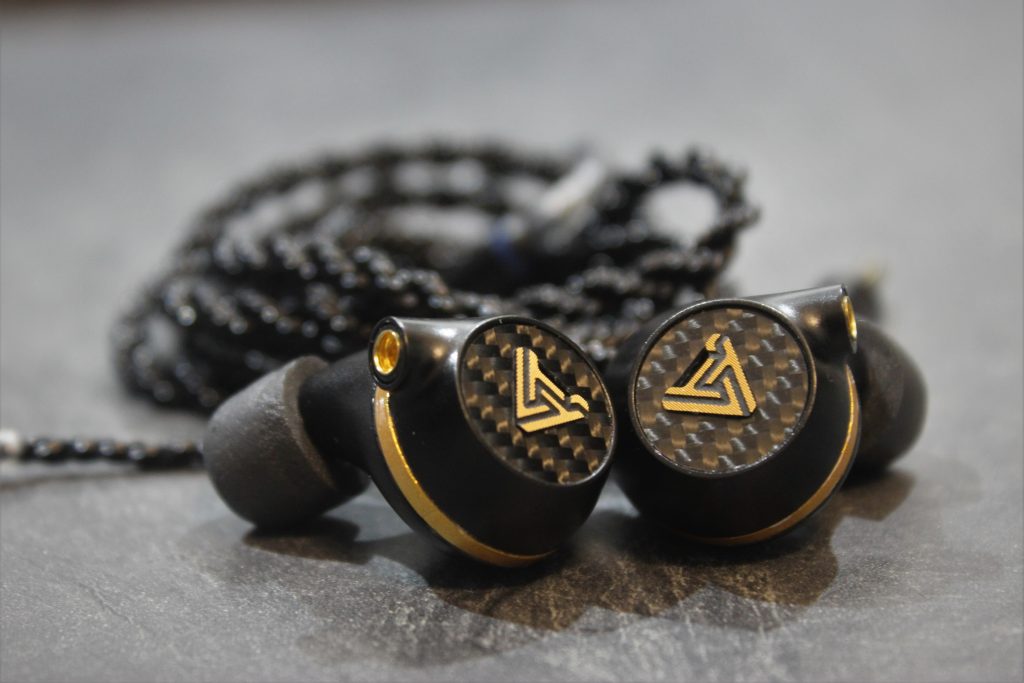
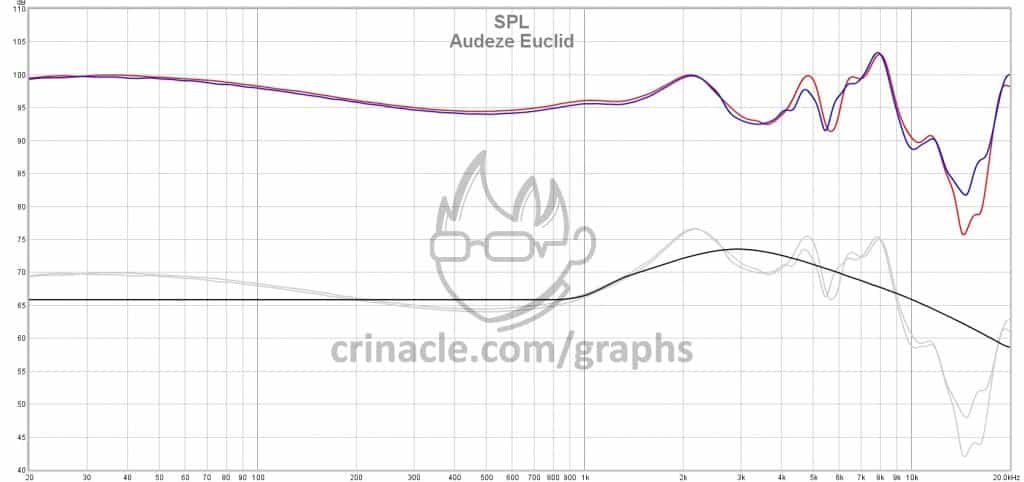

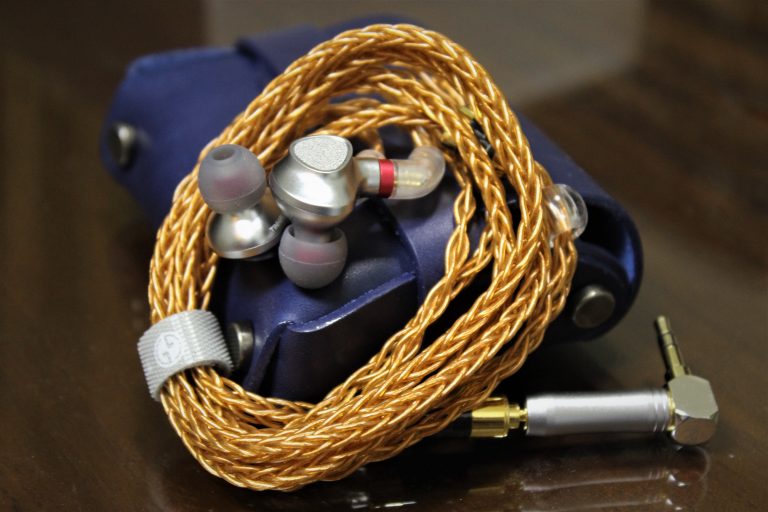
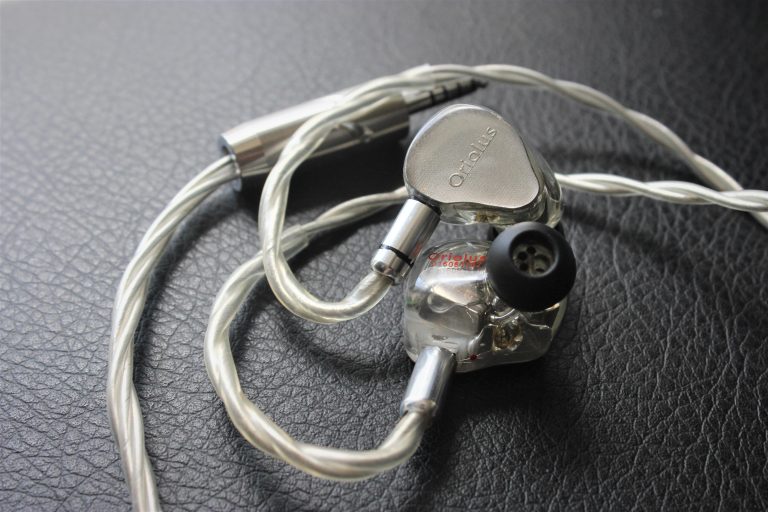
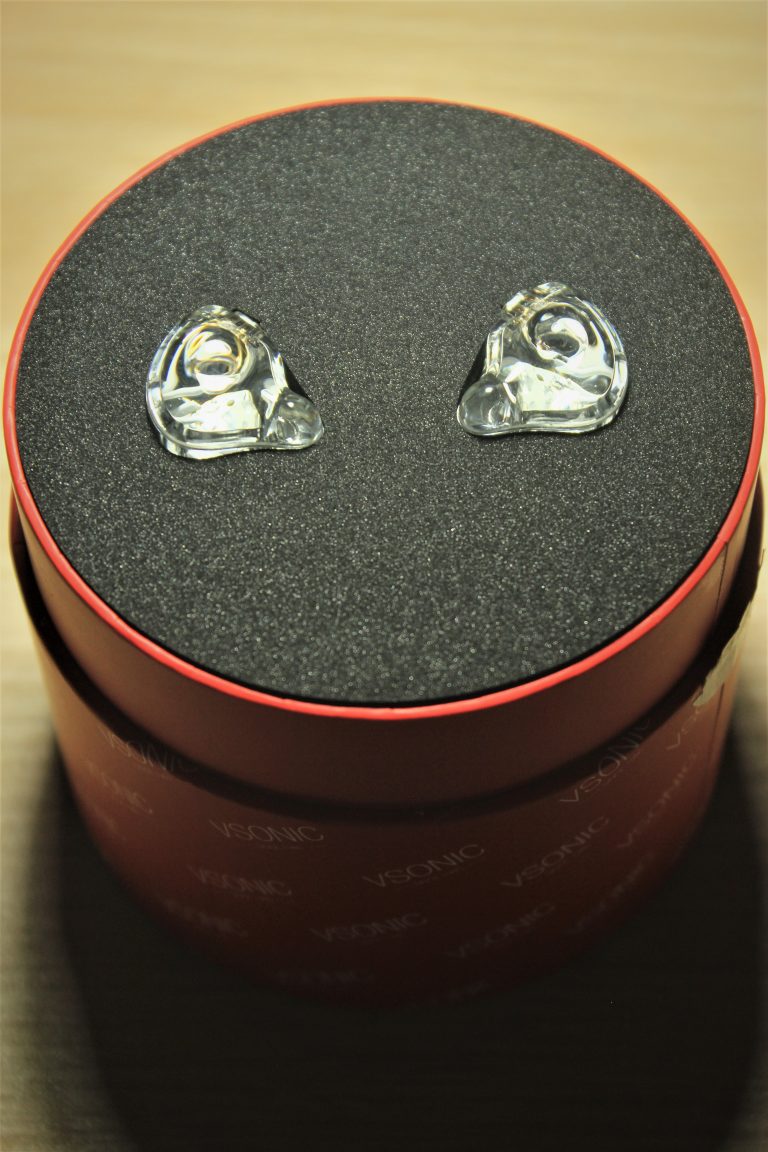


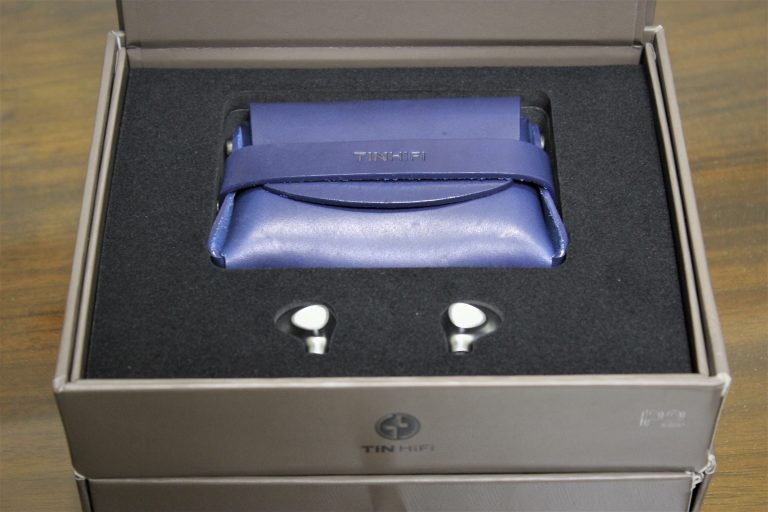




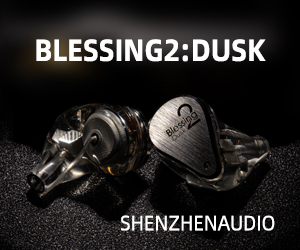
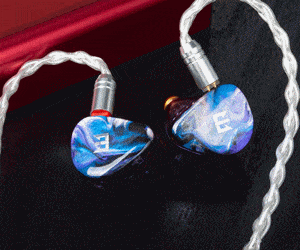

4 thoughts on “Audeze Euclid Review: Improvement”
“real, not sonion” lmao
So awesome to see reviews coming out every week. Thanks for the effort!
Given they are on sale now (17.11.2022) for 399$ I’d call it a pretty hefty bargain.
Question is why get a planar IEM when a similar single DD IEM can do as good technicality wise and also have excellent tonality